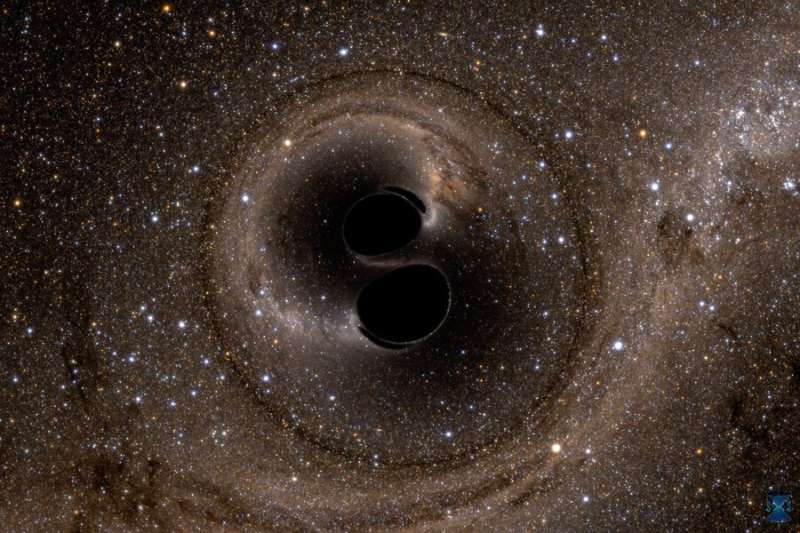Antibiotic-resistant bacteria found in cattle
Harmful bacteria are hiding in livestock; traditional methods aren't finding them

IMAGE: NEW RESEARCH FROM THE UNIVERSITY OF GEORGIA UNCOVERED ANTIMICROBIAL-RESISTANT SALMONELLA IN COWS. view more
CREDIT: ANDREW DAVIS TUCKER/UGA
Growing resistance to our go-to antibiotics is one of the biggest threats the world faces. As common bacteria like strep and salmonella become resistant to medications, what used to be easily treatable infections can now pose difficult medical challenges.
New research from the University of Georgia shows that there may be more antimicrobial-resistant salmonella in our food animals than scientists previously thought.
Using technology she developed, UGA researcher Nikki Shariat and Amy Siceloff, a first-year doctoral student in UGA's Department of Microbiology, found that traditional culturing methods used to test livestock for problematic bacteria often miss drug-resistant strains of salmonella. This finding has implications for treating sick food animals and the people who get infected by eating contaminated meat.
The study, published in Antimicrobial Agents and Chemotherapy, showed that 60% of cattle fecal samples contained multiple strains of salmonella that traditional testing methods missed. More alarmingly, Shariat found that about one out of every 10 samples tested positive for a drug-resistant strain of salmonella called Salmonella Reading. In addition to being antibiotic resistant, Salmonella Reading can cause severe illness in people.
A new technology emerges
Developed by Shariat in 2015, CRISPR-SeroSeq enables researchers to analyze all the types of salmonella present in a given sample. Traditional methods only examine one or two colonies of bacteria, potentially missing some strains of salmonella altogether. Shariat's technology identifies molecular signatures in salmonella's CRISPR regions, a specialized part of the bacteria's DNA. It also helps researchers identify which strains of the bacteria are most abundant.
In the current study, Shariat and colleagues found multiple salmonella strains in cattle feces before the animals were treated with the antibiotic tetracycline. After treatment, several of the dominant salmonella strains in the sample were wiped out, allowing Salmonella Reading to flourish.
Traditional culturing methods missed the antibiotic-resistant strain in the original samples. It was only once the antibiotic eliminated the more abundant strains that conventional methods were able to detect Salmonella Reading in the samples.
"This suggests that traditional tests have underestimated the amount of antibiotic-resistant bacteria in the past," said Shariat, an assistant professor of population health in the College of Veterinary Medicine.
But CRISPR-SeroSeq is a much more sensitive tool. It flagged the Salmonella Reading before antibiotic treatment.
"We need to know the antimicrobial resistance profiles of the bacteria that are present in animals," Shariat said. "That knowledge could make us change our choice of the type of antibiotic we use to treat ill animals. It can also help us select the best antibiotic for people who get sick from eating contaminated meat."
Missing the mark
Shariat's research shows that current surveillance efforts are likely underestimating the amount of antimicrobial resistance that exists.
Agencies that track antimicrobial resistance, like the FDA, USDA and CDC, among others, still rely on traditional sampling methods, which means they may be missing reservoirs of drug-resistant bacteria.
"The problem is you have hundreds of salmonella colonies in a given sample, but you only pick one or two of them to test," Shariat said. "It becomes a numbers game where researchers only pick the most abundant ones, and this means that they underestimate the different types of salmonella that are present."
Using CRISPR-SeroSeq can help fill that knowledge gap, giving researchers a better idea of how much antibiotic resistant bacteria exists. This information can help livestock farmers reduce and control outbreaks and guide policy on how to fight back against a growing public health threat.

CAPTION
Salmonella colonies growing on red indicator plates.
CREDIT
UGA
Co-authors of the paper include Amy Siceloff; Naomi Ohta, Keri Norman and Morgan Scott of Texas A&M University; Guy Loneragan of Texas Tech University; and Bo Norby of Michigan State University. This study was funded by the USDA National Institute of Food and Agriculture.
 Credit: CC0 Public Domain
Credit: CC0 Public Domain





